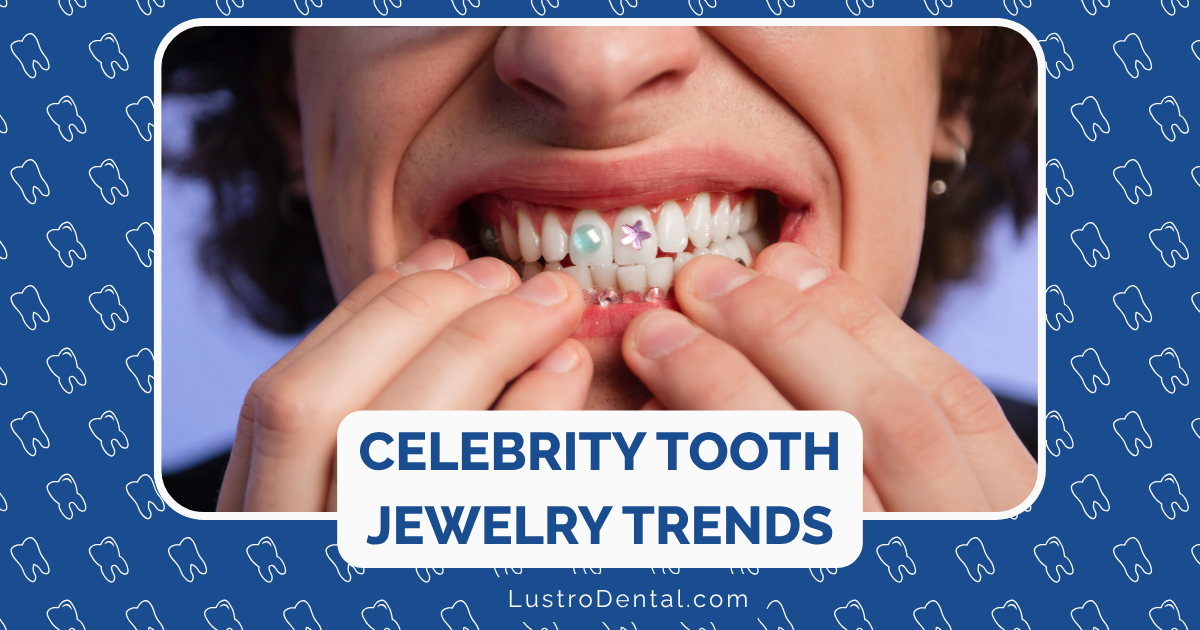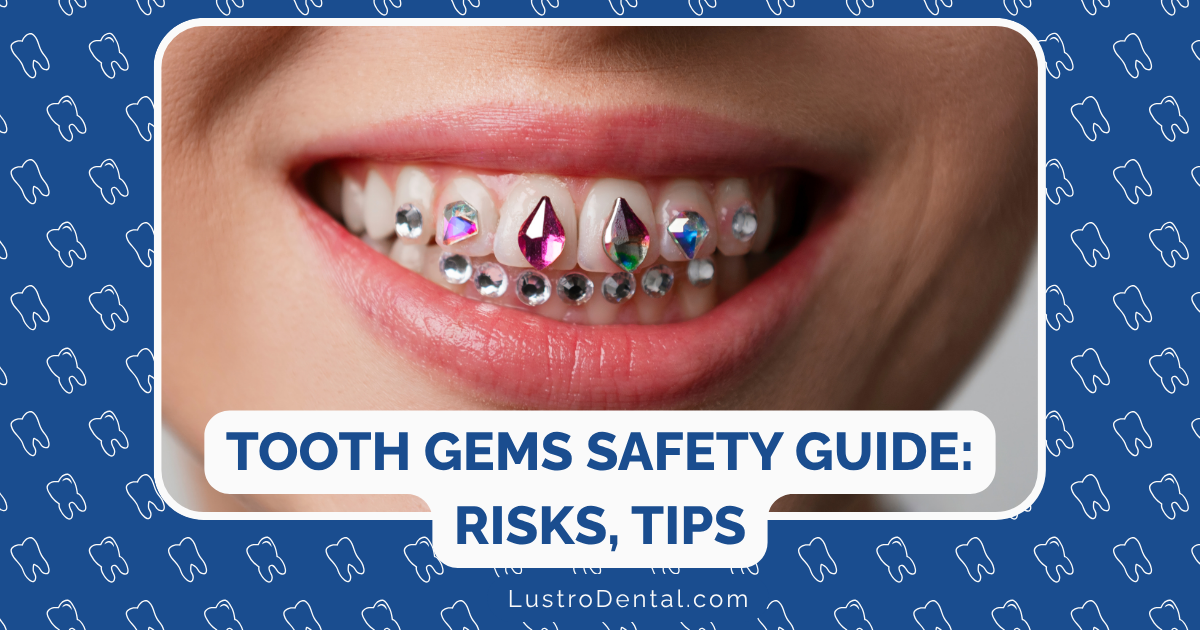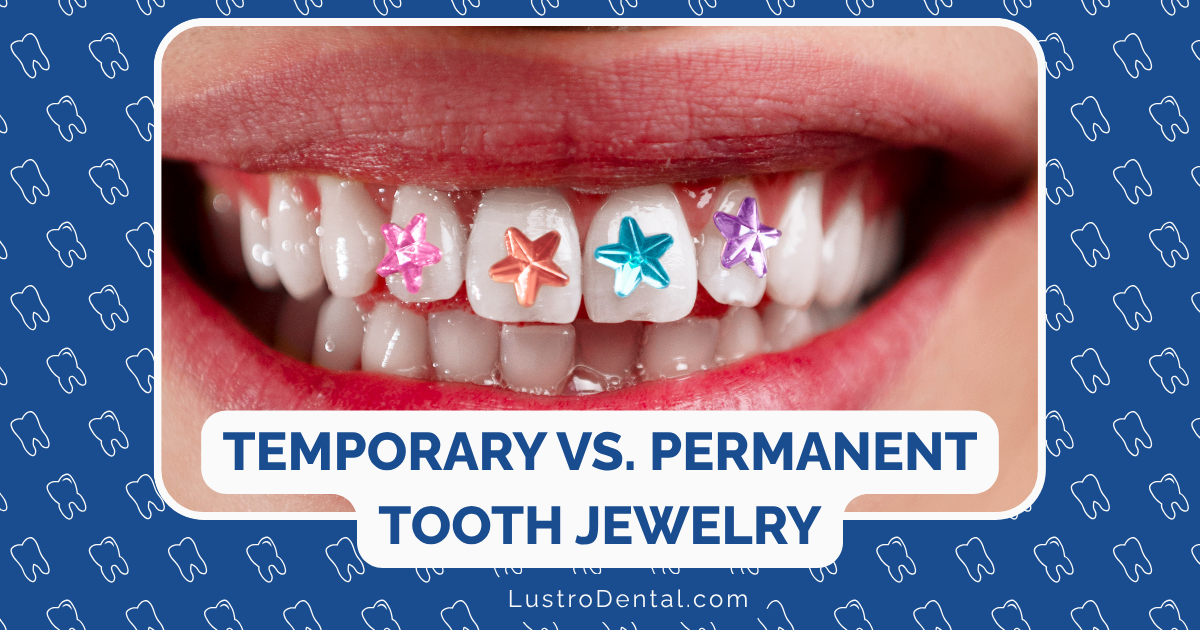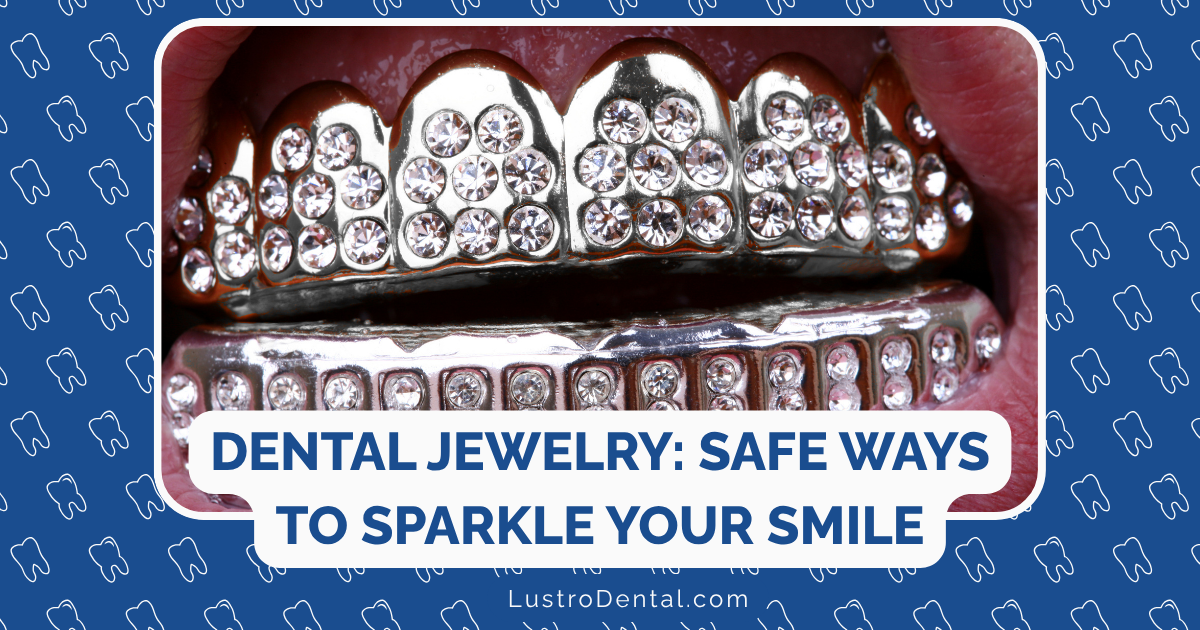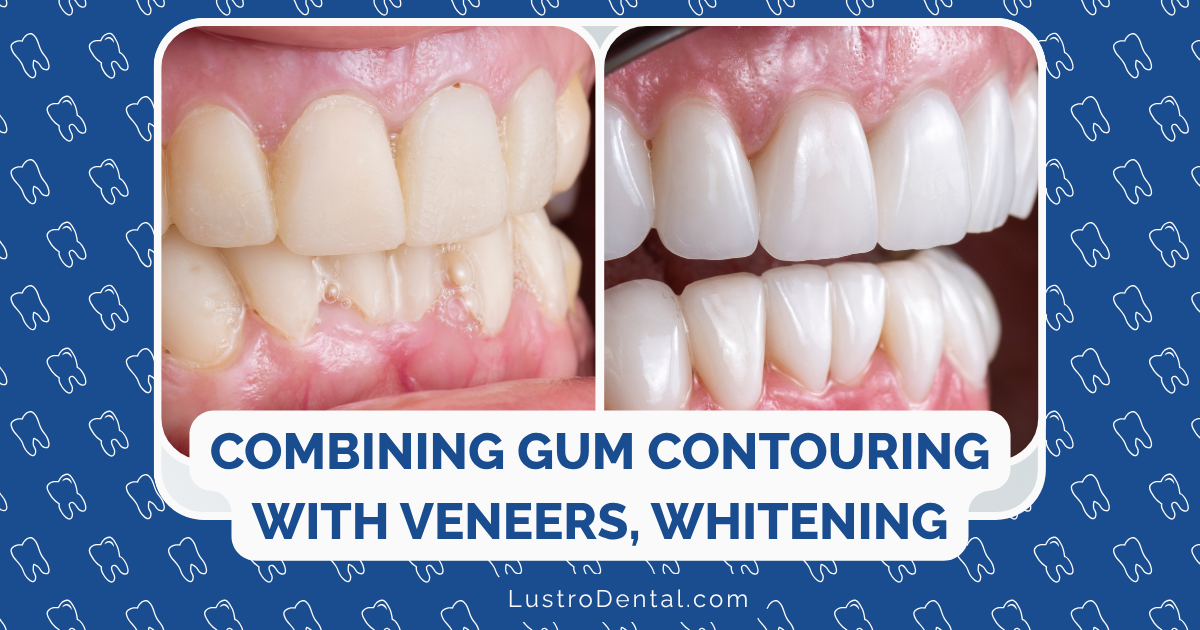Beyond Aesthetics: How Smile Makeovers Improve Dental Function
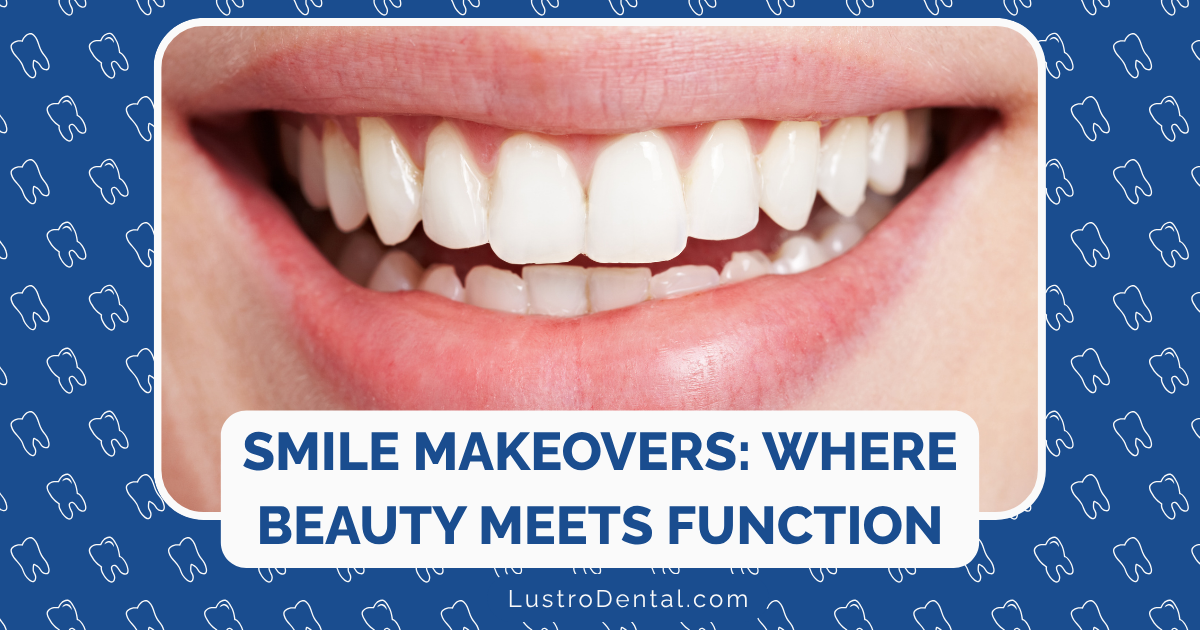
When most people think about smile makeovers, they envision dazzling white teeth and picture-perfect smiles. While the aesthetic improvements are certainly striking, there’s a deeper transformation happening beneath the surface—one that can significantly improve your quality of life in ways you might not expect.
As a dental health advocate, I’ve witnessed countless patients seek cosmetic improvements only to discover that their new smile delivers functional benefits that transform their daily experience. From comfortable chewing to clear speech and even relief from chronic pain, the functional advantages of smile makeovers often become the most cherished outcomes for patients.
Let’s explore how smile makeovers go beyond beauty to enhance the way your mouth actually works.
The Functional-Aesthetic Connection
Your smile’s appearance and function are intrinsically linked. When teeth are misaligned, damaged, or missing, both aesthetics and functionality suffer. The procedures that make your smile more beautiful often simultaneously address underlying structural issues that have been compromising your oral function.
According to the American Academy of Cosmetic Dentistry, more than 99.7% of adults believe a healthy smile is socially important. What many don’t realize is that a truly healthy smile requires proper function as well as appealing aesthetics.
Key Functional Improvements from Smile Makeovers
Enhanced Bite Alignment and Chewing Efficiency
Misaligned teeth create an uneven bite, which can lead to inefficient chewing, excessive wear on certain teeth, and strain on your jaw muscles. Several smile makeover procedures address these alignment issues:
- Orthodontic treatments (traditional braces or clear aligners) systematically move teeth into proper position, creating a more balanced bite.
- Dental crowns can reshape and rebuild damaged teeth to improve how upper and lower teeth meet.
- Dental implants replace missing teeth, restoring proper spacing and preventing neighboring teeth from shifting.
James, a 42-year-old patient, shared his experience: “I initially wanted veneers just to fix the appearance of my chipped front teeth. My dentist recommended addressing my bite issues first with orthodontics. A year later, not only do my teeth look better, but I can actually enjoy steak and apples again without pain. I hadn’t realized how much I’d been compensating for my misaligned bite.”
Improved Speech Clarity
Your teeth play a crucial role in speech. They work with your tongue and lips to form specific sounds. Missing, damaged, or misaligned teeth can cause:
- Whistling sounds between teeth
- Difficulty pronouncing certain consonants (especially “s,” “z,” “t,” and “d”)
- Slurring or lisping
Smile makeover procedures that restore proper tooth position and structure can dramatically improve speech clarity:
- Veneers can close gaps between front teeth that cause whistling
- Dental implants or bridges replace missing teeth needed for proper pronunciation
- Orthodontic treatment aligns teeth to create proper spacing for the tongue
Sarah, a high school teacher, found unexpected benefits from her smile makeover: “I was always self-conscious about the gap between my front teeth, but I didn’t realize it was affecting my speech until after it was corrected with veneers. My students no longer ask me to repeat myself, and I feel much more confident during parent-teacher conferences.”
TMJ Pain Relief
Temporomandibular joint (TMJ) disorders affect millions of Americans, causing jaw pain, headaches, and limited jaw movement. These disorders often stem from bite misalignment or teeth grinding.
A comprehensive smile makeover can address the underlying causes of TMJ pain:
- Orthodontic treatment creates proper alignment, reducing strain on the jaw joint
- Crowns or onlays can rebuild worn teeth to restore proper bite height
- Night guards (often included in smile makeover plans) protect against grinding
Research published in the Journal of Oral Rehabilitation suggests that correcting bite issues through dental restoration can significantly reduce TMJ symptoms in many patients.
Michael’s story illustrates this connection: “I lived with chronic headaches for years. When I consulted a cosmetic dentist about my worn-down, discolored teeth, she identified that my bite was misaligned. My smile makeover included orthodontics and crowns to rebuild my worn molars. Six months later, my smile looks amazing, but more importantly, my headaches have virtually disappeared.”
Better Oral Hygiene and Long-term Health
Crooked, crowded, or misaligned teeth create hard-to-reach areas where plaque and bacteria accumulate. Even the most diligent brushing and flossing routines can miss these spaces, leading to decay and gum disease.
By creating proper alignment and spacing, smile makeovers make effective oral hygiene much easier:
- Orthodontic treatment eliminates crowding, making flossing between teeth simpler
- Replacing missing teeth with implants or bridges prevents food traps
- Restoring damaged teeth eliminates crevices where bacteria can hide
This improved oral hygiene access translates to long-term health benefits, potentially reducing the risk of cavities, gum disease, and even tooth loss.
Smile Makeover Procedures That Enhance Function
While all smile makeover procedures provide some functional benefits, certain treatments are particularly effective at improving how your mouth works:
Orthodontic Treatment
Whether through traditional braces or clear aligners like Invisalign, orthodontic treatment delivers significant functional improvements:
- Creates proper spacing between teeth for easier cleaning
- Aligns the bite to distribute chewing forces evenly
- Reduces excessive wear on certain teeth
- Can alleviate jaw pain from misalignment
- Improves speech by creating proper tongue space
Dental Implants
Implants are the gold standard for tooth replacement, offering functional benefits that go beyond other options:
- Stimulate jawbone, preventing bone loss that occurs after tooth loss
- Provide chewing strength nearly equal to natural teeth
- Don’t require altering adjacent healthy teeth (unlike traditional bridges)
- Maintain proper spacing to prevent shifting of surrounding teeth
- Can last a lifetime with proper care
Dental Crowns
These versatile restorations rebuild damaged teeth and provide crucial functional improvements:
- Restore proper tooth shape and size for effective chewing
- Protect weakened teeth from further damage
- Can adjust bite height to improve overall alignment
- Rebuild worn chewing surfaces to improve efficiency
- Provide long-lasting strength for damaged teeth
Full-Mouth Reconstruction
For patients with extensive functional issues, a comprehensive approach may be necessary. Full-mouth reconstruction combines multiple procedures to completely restore oral function:
- Addresses worn, damaged, or missing teeth throughout the mouth
- Restores proper bite alignment and jaw position
- Can include orthodontics, implants, crowns, and more
- Often resolves chronic pain and dysfunction
- Provides dramatic aesthetic improvements alongside functional restoration
Real-Life Functional Transformations
Clemente’s case illustrates the life-changing functional improvements possible with smile makeovers. As a sales professional, he struggled with both the appearance of his smile and difficulty speaking clearly due to missing and misaligned teeth. His comprehensive treatment included:
- Extractions of severely damaged teeth
- Strategic implant placement
- Temporary healing bridges
- Complete bite rehabilitation
The results transformed not just his smile but his career. “I can now make sales presentations without worrying about how I sound or how my smile looks,” Clemente reports. “Even more importantly, I can enjoy meals without pain for the first time in years.”
Similarly, Sara’s case demonstrates how smile makeovers address underlying functional issues. Years of acid reflux had severely eroded her dental enamel, compromising both appearance and function. Her treatment included full upper and lower veneers and crowns designed not just for beauty but to restore her damaged enamel and ensure a balanced bite that protected her temporomandibular joints.
The Consultation: Focusing on Function and Aesthetics
If you’re considering a smile makeover, it’s important to work with a dentist who prioritizes function alongside aesthetics. During your consultation, be sure to discuss:
- Any difficulty chewing certain foods
- Speech concerns or challenges
- Jaw pain, clicking, or limited movement
- Headaches or neck pain that could be related to your bite
- Difficulty maintaining oral hygiene due to crowding or alignment
A comprehensive approach will include a thorough functional assessment, including:
- Bite analysis to identify alignment issues
- Evaluation of jaw joint function
- Assessment of tooth wear patterns
- Examination of speech patterns
- Analysis of chewing efficiency
The Investment Perspective: Function Adds Value
While the aesthetic benefits of a smile makeover are immediately visible, the functional improvements often provide the greatest return on investment over time. Consider these long-term benefits:
- Preserved natural teeth through better alignment and reduced wear
- Avoided future dental work by addressing problems early
- Improved nutrition through better chewing ability
- Reduced pain from TMJ disorders and headaches
- Enhanced quality of life through comfortable, efficient oral function
Conclusion: Beauty and Function in Harmony
A truly successful smile makeover creates harmony between aesthetics and function. The most beautiful smile is one that works as good as it looks—allowing you to speak clearly, eat comfortably, and live without oral pain or dysfunction.
If you’re considering cosmetic dental work, don’t overlook the functional aspects of your treatment plan. The most satisfying transformations address both how your smile looks and how it functions in your daily life.
As dental professionals, we see the most profound gratitude not just when patients see their beautiful new smile for the first time, but in the weeks and months that follow—when they realize they can enjoy favorite foods again, speak with newfound clarity, or wake up without the jaw pain that once seemed inevitable.
That’s the true power of a comprehensive smile makeover: creating beauty that’s more than skin deep.
Have you experienced functional improvements from cosmetic dental work? Share your experience in the comments below.


